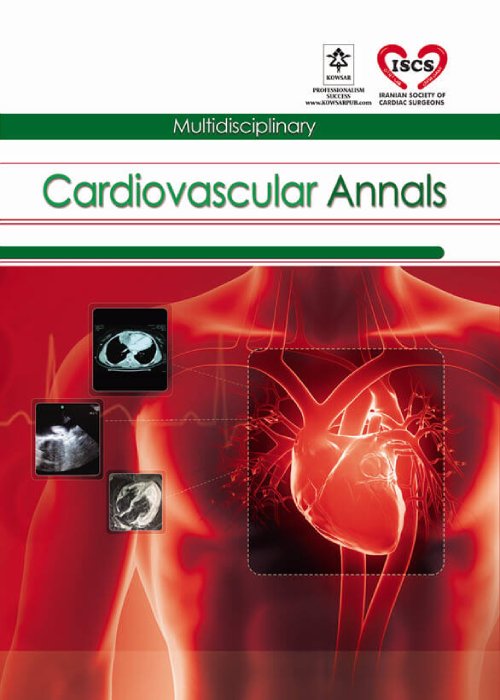Fetal Ultrasonography Versus Echocardiography in Prenatal Diagnosis of Congenital Heart Disease
To evaluate the ability in initial prenatal diagnosis of congenital heart disease (CHD), the most common considerable and also fatal congenital disorder. It can be achieved by ultrasound (US) or echocardiography (FE) which are performed by radiologists and pediatric cardiologists, respectively.
The study aimed to compare the results, confirm the modality that promotes the effectiveness of final diagnosis and optimize its management.
A retrospective cross-sectional study on referred pregnant women was conducted in Imam Reza hospital, Mashhad, Iran from 2012 to 2019. Fetal echocardiography was performed by one skilled professional which was compared to ultrasound anomaly scan reports of the same fetuses. Data were analyzed using SPSS ver. 18. The categorical variables were demonstrated as percentages and the agreement between two methods was evaluated by Cohen’s kappa coefficient (K > 0.4, P < 0.05 as significant cut-off). The sensitivity and specialty, as well as the accuracy, positive and negative predictive values, were all calculated.
Out of 312 examinations of fetuses, 56 cases were Major cardiac diseases and 62 were Minor cases. FE discovered that 14 out of 33 normal US cases were abnormal. In addition, the US considered 52 cases as structural cardiac abnormalities, of which only 34 cases were verified by FE. The most prevalent cardiac anomaly discovered by FE was the intra-cardiac echogenic focus (12.17%), compared to 7.05% of US diagnoses. The methods considered VSD the most common major, septal CHD with different quantities. The US overdiagnosed 71.4% of cases, whereas underdiagnosed 87.5% of VSDs. The US was unable to detect 11 out of 13 complex-CHDs (84.61%). Except for one percent, the US did not report AVSD. Arrhythmia was detected in 37 cases, with the US correctly diagnosing six of them. The US underdiagnosed 35 major (mostly septal defects 45%) and 26 minor structural cases; additionally, the US overdiagnosed 10 minor and 7 major cases. The methods agreed with the content of 11.53% of the CHD diagnosis. The sensitivity, specificity, and accuracy of the US method in comparison to FE for CHD diagnosis were calculated 62%, 74.2%, and 68.7% respectively. The positive and negative predictive values were 66.1% and 70.27%, respectively.
There was a significant correlation between the results of US and FE, but there was no significant agreement in definite diagnosis, particularly for major CHDs. Although the FE is still the best modality; the US by expert sonographers is so contributory and a screening method. It is recommended to do FE at least once during pregnancy, but it is not currently accepted according to the updated guidelines.
- حق عضویت دریافتی صرف حمایت از نشریات عضو و نگهداری، تکمیل و توسعه مگیران میشود.
- پرداخت حق اشتراک و دانلود مقالات اجازه بازنشر آن در سایر رسانههای چاپی و دیجیتال را به کاربر نمیدهد.


